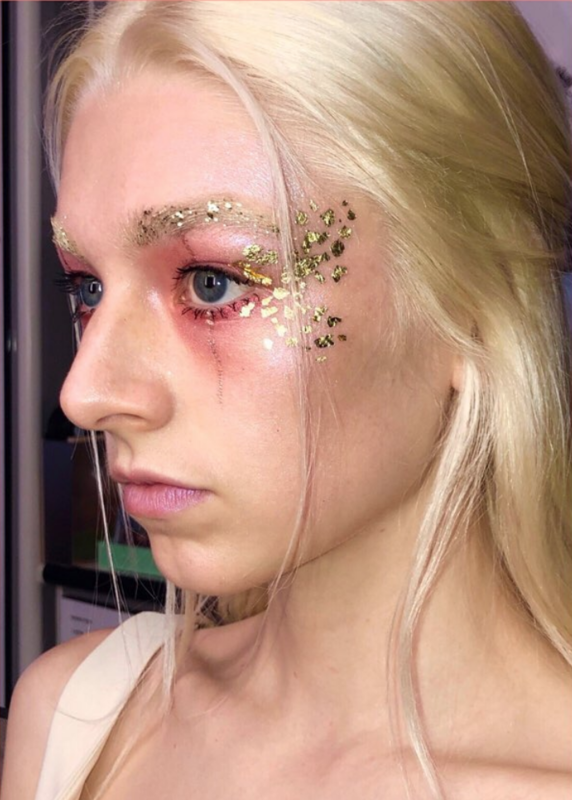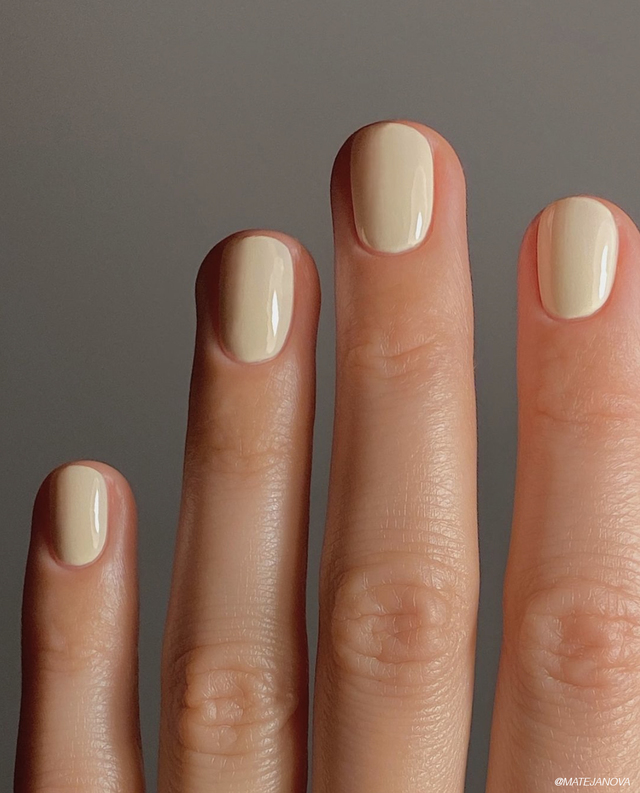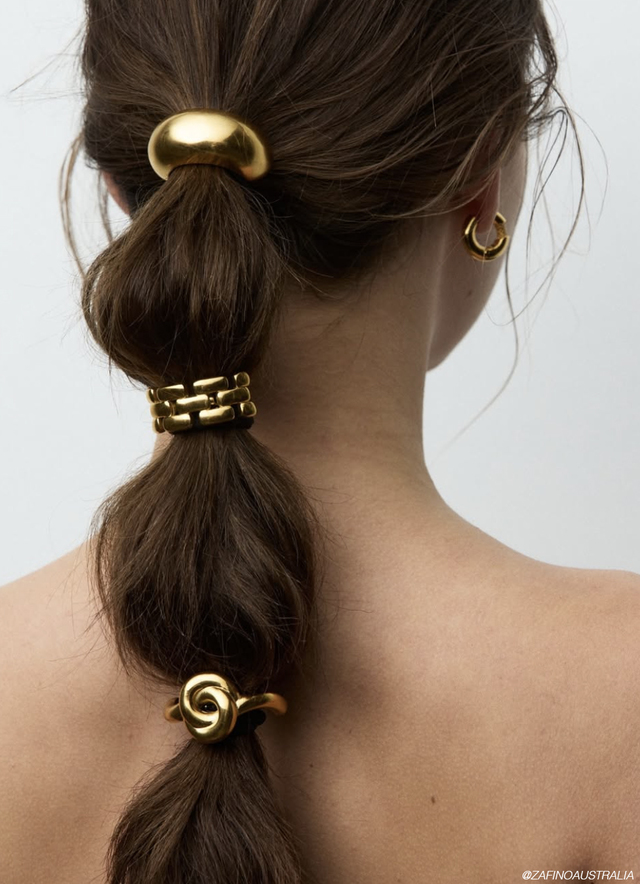The proverbial phrase “All that glitters is not gold” infers the meaning that not everything that looks true turns out to be so – or things are not always what they seem to be. From being part of song lyrics, movie scripts, and everyday conversations, this statement is taking on a whole new meaning as we dissect the state of our environment. With the recent glitter craze post HBO's hit show Euphoria, we thought we would take a deeper look into the growing craze. As the great plastic versus paper straw debate escalates, microplastics have become mainstream and we are watching as companies turn to Vegan options and utilize Ocean Waste Plastics for packaging. One small particle (pun intended) that we seem to overlook is the impact of glitter on our environment.
Glitter is literally a walking microplastic that seems to get dolled out in makeup and thrown at music festivals, utilized in “glitter bombs”, on greetings cards and at every arts & crafts function. And now a movement, which started across the pond, is bringing new light to the problem with glitter – heads up, it’s not gold. The problem with glitter used in hair, on the face or even on clothing, is that it easily falls off, gets washed down our drains and ends up in our oceans. Much like the ban of microbeads in the US, we are wondering if glitter will be banned here next. Already on that track in UK to be banned, will we see this often loved item on the list next?

Instagram//@donni.davy
While many have grown an unhealthy obsession with the sparkly material at an early age, we’re also growing unhealthy because of them. Glitter is literally made to be washed off – we’ve even written articles in the past about just this – little did we know then the harsh repercussions. The problem is once down the drain and in our environment, fish and mammals ingest this substance and with the cycle of life, we end up eating these microplastics. You wouldn’t eat a spoonful of glitter willingly, would you? While you might not see the problem with this, microplastics are actually endocrine disruptors that can take a toll on any healthy human.
If you love glitter and can’t help to part from its sparkly wonder – and we’re right there with you – there are alternatives! From edible glitter to formulas that are mineral-based – check the labels of what you’re buying to ensure they are not plastic-based.















